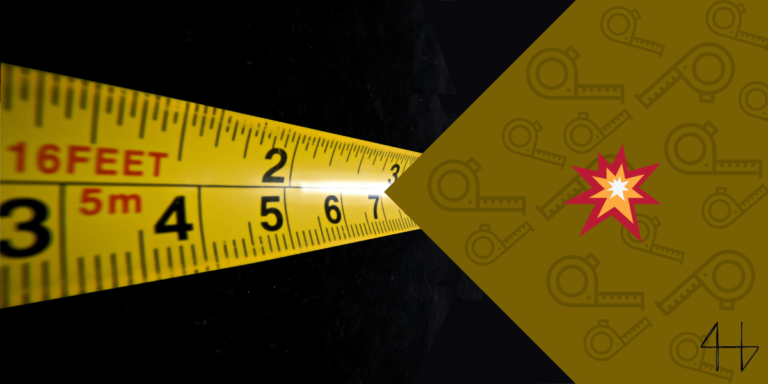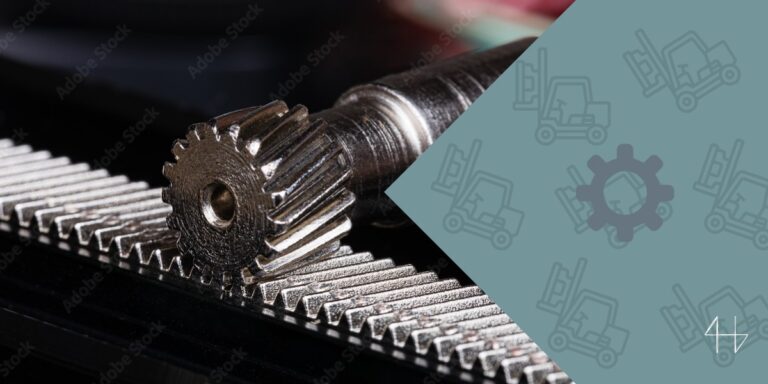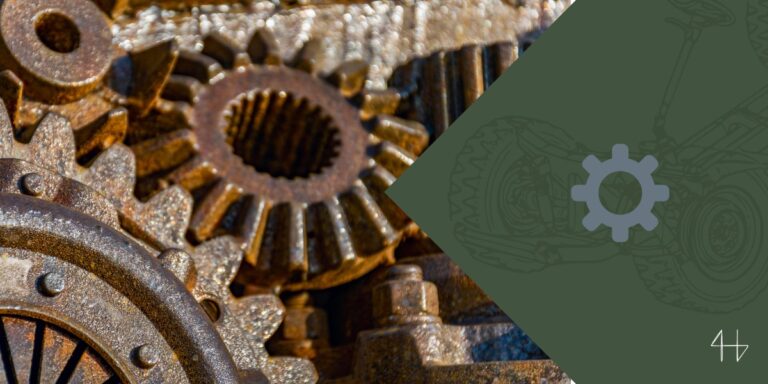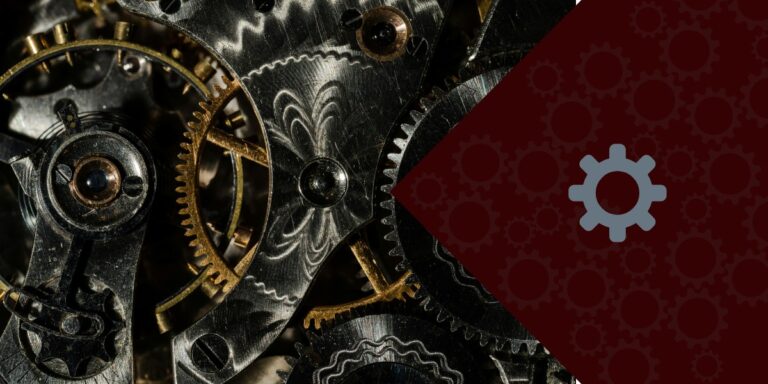When it comes to gearing systems, internal gears can become very useful in reduction systems when used correctly.
If you’ve ever found yourself puzzled by terms like internal diameter, pitch diameter, or internal spur gears, you’re not alone. These are key components that determine how gears mesh and transfer power effectively.
Without a solid grasp of these concepts, choosing the right gear for your project can lead to costly mistakes or inefficiency.
In this post, we’ll break down the essentials of internal gears—helping you understand how internal diameter and pitch diameter play a role in creating smooth, reliable mechanical systems.
What is an Internal Gear?
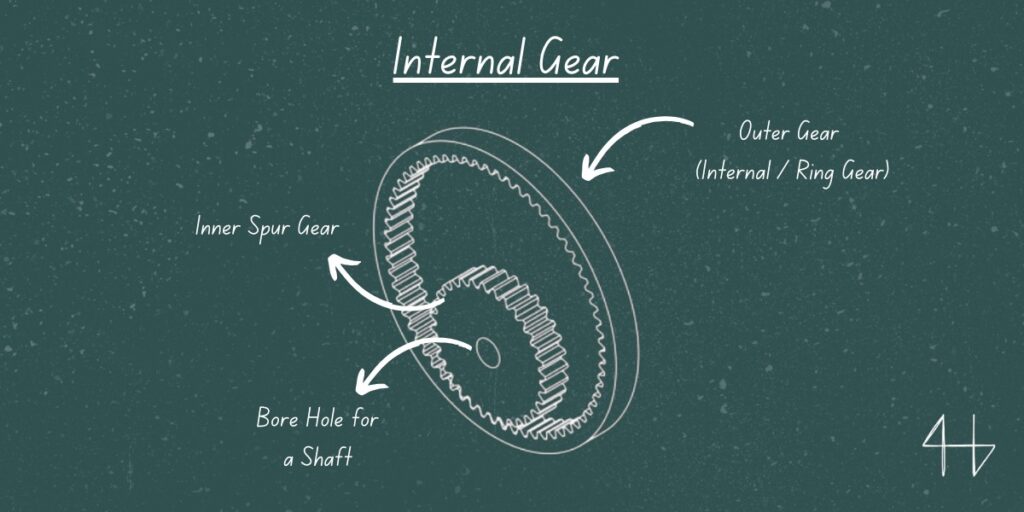
An internal gear is a type of gear where the gear teeth are cut on the inside of a cylindrical shape, as opposed to the outside.
The teeth mesh with external gears, typically referred to as pinions.
The key specifications for internal gears include the outside diameter, which is the overall size of the gear, and the technical data that determines the gear’s performance, such as the number of teeth, pressure angle, and tooth profile.
Understanding these factors is crucial for selecting the right internal gear for your system.
Working Principle
The working principle of an internal gear relies on its teeth meshing with those of an external gear, often referred to as a pinion.
When the pinion rotates inside the internal gear, the teeth engage and transfer motion and power. Unlike traditional external gears, where the teeth are on the outside, internal gears create a smooth, compact design that allows for higher torque transmission in smaller spaces.
The interaction between the internal gear’s teeth and the pinion’s teeth ensures precise and efficient motion transfer, making it ideal for applications where space and power density are important.
How to Identify Internal Gears?
Identifying internal gears involves looking at key features such as the face width, which refers to the width of the gear teeth along the cylindrical surface.
The internal gear’s teeth are positioned on the inside of a cylinder, which distinguishes it from external gears. This design allows for compact and efficient systems, often at a lower cost due to the simplified manufacturing process.
By examining the gear’s cylindrical shape and checking the face width, you can easily distinguish internal gears from other types of gears used in mechanical systems.
When to use Internal Gear
Internal gears are ideal when you need efficient power transmission in tight spaces.
They work well when the rotation of gears needs to be directed in a compact setup, as their design allows for smooth motion transfer within confined areas. If your equipment requires high torque in a smaller footprint, internal gears are a great choice.
Their ability to fit neatly inside a cylinder makes them perfect for applications where space is limited, while still delivering reliable performance.
How are Internal Gears Manufactured?
Internal gears are typically manufactured using methods like hobbing, shaping, or broaching. The process starts with a cylindrical blank, which is then machined to create the internal teeth.
- Hobbing: A specialized tool, called a hob, is used to cut the gear teeth into the inside surface of the cylinder. This method is fast and cost-effective, especially for producing gears in large quantities.
- Shaping: In this method, a gear cutting tool moves along the cylinder’s interior to shape the teeth. It’s a more precise method, often used for producing gears with complex tooth profiles.
- Broaching: A broaching tool is used to remove material and create the gear teeth, offering high accuracy and a smooth finish. This method is typically used for small runs or when fine tooth details are needed.
After the teeth are cut, additional processes like heat treatment and surface finishing are often applied to enhance strength and durability.
Applications of Internal Gear
Internal gears are found in a wide range of real-life applications due to their compact design and ability to accommodate high torque in limited spaces.
These gears are especially useful in systems where traditional external gears would be too bulky or inefficient.
Let’s take a closer look at some of the most popular uses of internal gears across various industries.
3D Printer Direct Drive Extruder
In 3D printing, internal gears are commonly used in direct drive extruders to produce precise filament feeding.
The compact nature of internal gears allows them to fit within the small, confined space of the extruder assembly. These gears help to transfer the rotation from the motor directly to the filament drive system, ensuring accurate and smooth extrusion.
Their efficiency in handling torque ensures that the printer operates with minimal maintenance and high reliability.
I personally recommend disassembling and reassembling this fascinating mechanical object!
Automatic Transmissions
Internal gears are a popular type used in automatic transmissions in vehicles.
They help accommodate the complex gear ratios needed to smoothly change speeds without interrupting the engine’s rotation.
By using internal gears, automotive engineers can design more compact transmission systems that offer improved fuel efficiency while maintaining high performance.
Gearboxes in Industrial Equipment
Industrial machinery, such as conveyors and heavy-duty equipment, often relies on internal gears to produce reliable power transfer in a compact space.
These gears help handle high loads while keeping the overall design smaller and more efficient.
Their durability and strength make them ideal for applications requiring consistent, long-term operation under heavy conditions.
Advantages and Disadvantages of Internal Gear
Advantages
Disadvantages
Limitations
Internal gears have a lot to offer, but they’re not without their drawbacks.
For one, while some internal gear hubs provide a decent range, they generally can’t match the extensive gear options available in modern derailleur systems, especially those with multiple chainrings.
If you need a wide range of gears for steep climbs or fast riding, internal hubs may not cut it.
Another limitation is frame compatibility—some bike frames simply aren’t designed for internal gears and may require modifications, such as adjusting hub spacing or adding a chain tensioner.
Shifting under load is also a challenge with internal gear hubs. Unlike derailleur systems, which can handle shifts under heavy pedaling, internal gears risk damage if shifted while under strain.
Lastly, manufacturing internal gears is more complex. Unlike external gears that can be made using gear hobbing, internal gears typically require a more intricate process called gear shaping, which limits the types of tooth profiles and module sizes that can be used, making production more expensive and restrictive.
Wrapping up
Internal gears, with teeth on the inside of a cylinder, are ideal for compact, high-torque applications like 3D printers, automatic transmissions, and industrial equipment.
While they offer space-saving and smooth operation, they have limitations in gear range, compatibility, and manufacturing requirements.
Understanding these essentials ensures optimal use and performance.
FAQs

What is internal and external gear?
Internal gears have teeth on the inside of a cylinder, meshing with external gears, which have teeth on the outer surface. This design enables compact gear systems.
What are the benefits of internal gears?
Internal gears offer compact design, efficient torque transfer, and smoother operation in tight spaces, making them ideal for high-density applications.
What is the application of internal gears?
Internal gears are commonly used in 3D printer extruders, automatic transmissions, and industrial machinery where compact power transfer is required.


